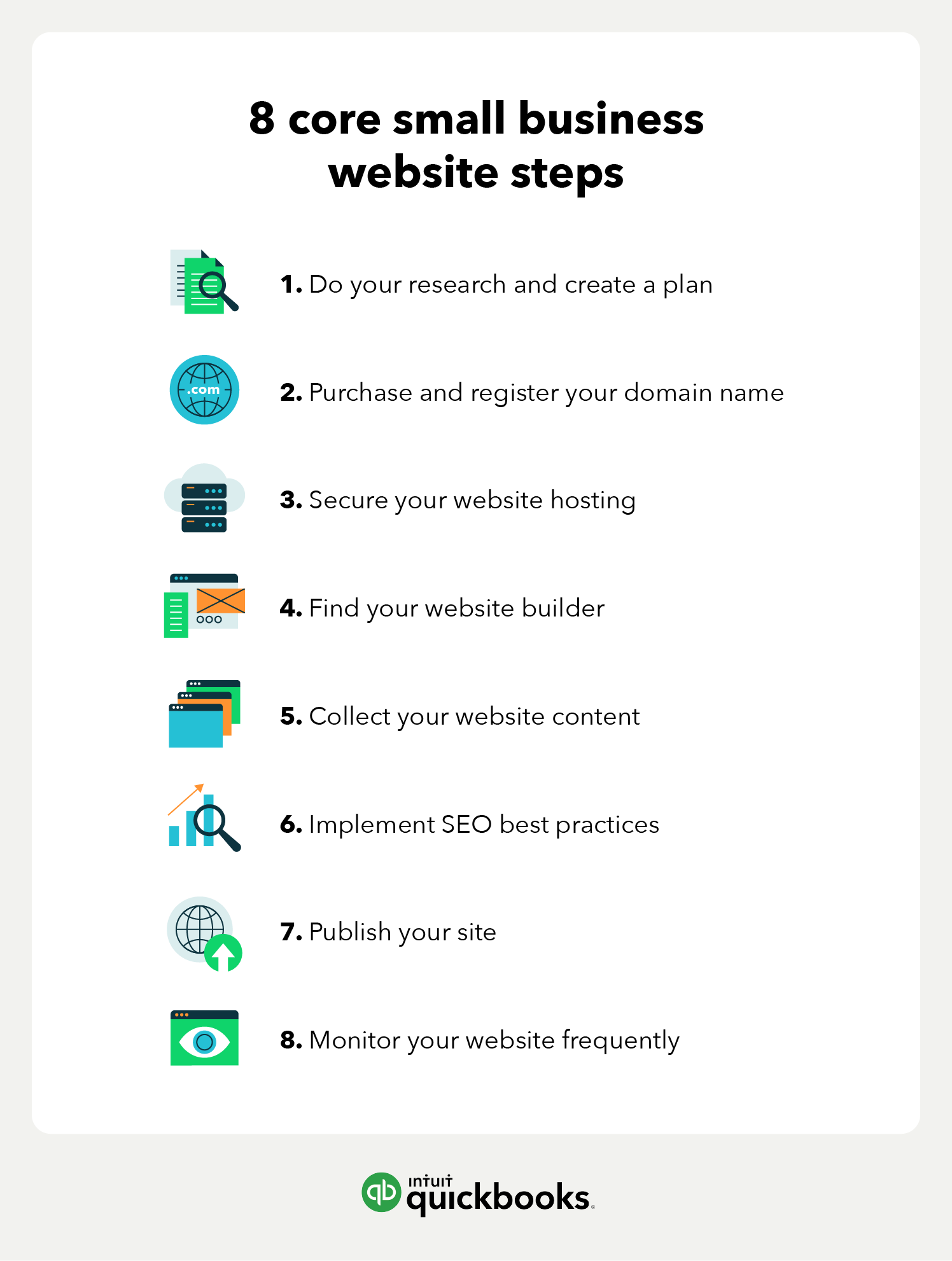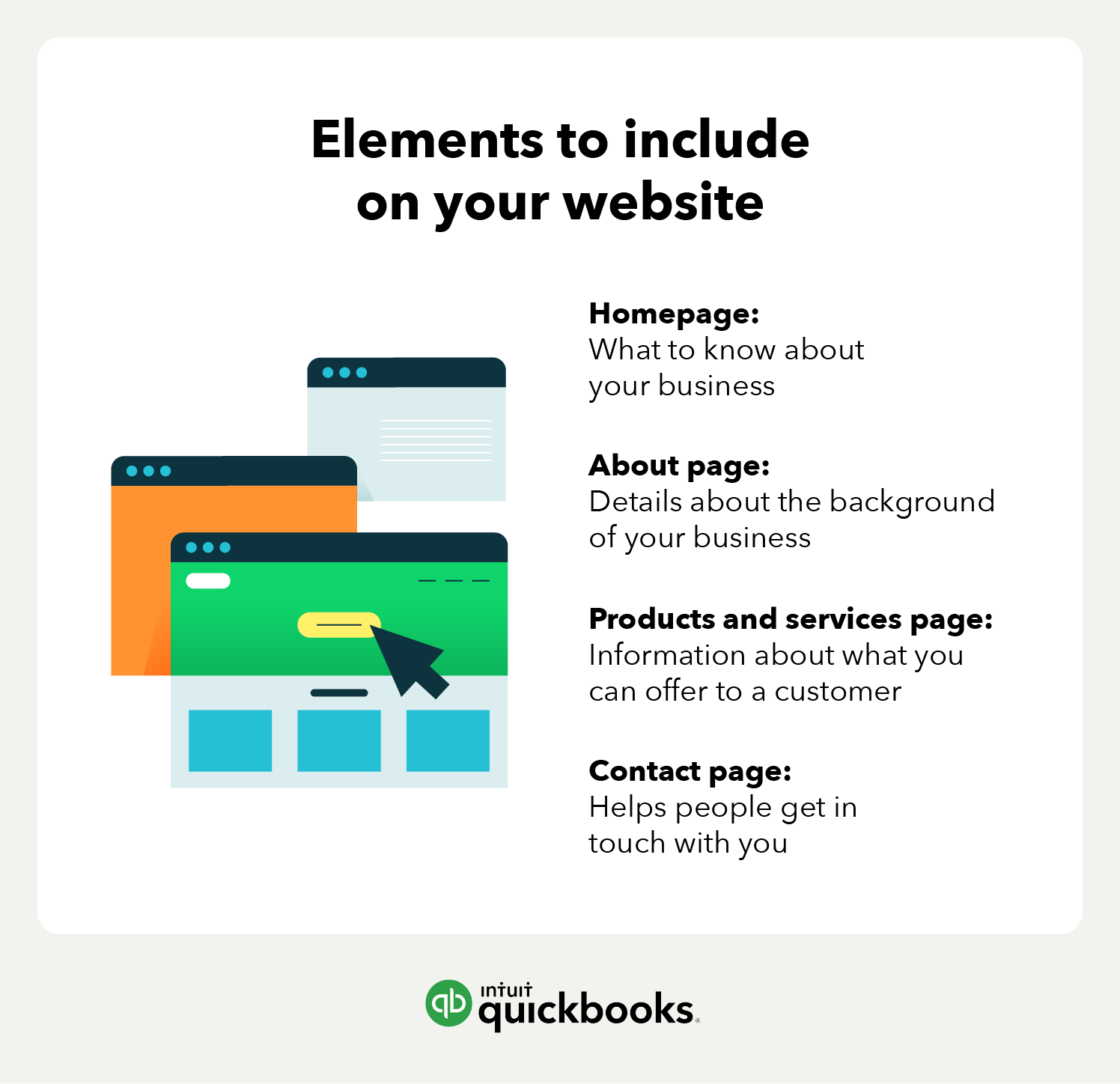2. Purchase and register your domain name
First things first: You need a domain name. This is just a fancy way of saying the URL or website address (starting with “www.”) that people will use to get to your website.
When it comes to choosing your domain name, you want it to be something simple and easily connectable to your business. Ideally, it’ll be intuitive enough for your customers to remember easily as well.
Let’s say you’re opening your own bagel shop called The Corner Bagel Shop. You’d want your domain to be something simple and to the point, like www.cornerbagelshop.com.
However, you actually have to buy it before you can claim it.
Where do you purchase a domain name?
You can purchase a domain name online from a variety of hosting sites. Today, almost everything you need to build your business website—your domain name, hosting service (which we’ll talk about next), templates, and more—is included in one platform or website builder. Something like Squarespace or Wix will get you everything you need all in one place.
But if you’re looking to just purchase a domain to get started, there are plenty of places you can do that. These site builders include:
While using the hosting company's site, search for the domain name that you want to use. Focus on finding top-level domains that will help you gain visibility in search engines. If it’s available, you can purchase it and fill in your information—and you’re the proud new owner of that domain! We cover the comparisons of the different inexpensive website options below.
What if your domain name is already taken?
It’s not uncommon that the domain name you want to use is already taken. There are a few things you can do, including:
- Change the ending: It’s true that .com endings are the most common (and they’re probably your best bet if you can swing it), but there are other options you can use, like .net, .info, or .us.
- Add another word: Even adding one small word can make your domain different enough to be available. So if www.cornerbagelshop.com is taken, you might be able to secure www.thecornerbagelshop.com.
- Add your location: No dice? If you're a local business, try incorporating your location in some way. For example, www.nycornerbagelshop.com might be available.But keep in mind that this might limit the site’s relevancy if you plan to expand outside of the area.
How much does a domain name cost?
Domain names usually cost between $9 and $15 a year. For example, Google Domains says that purchasing www.cornerbagelshop.com will cost just $12 per year. Exactly how much you’ll need to spend will vary, but planning for $10 to $20 per year for your domain is a safe bet.


















